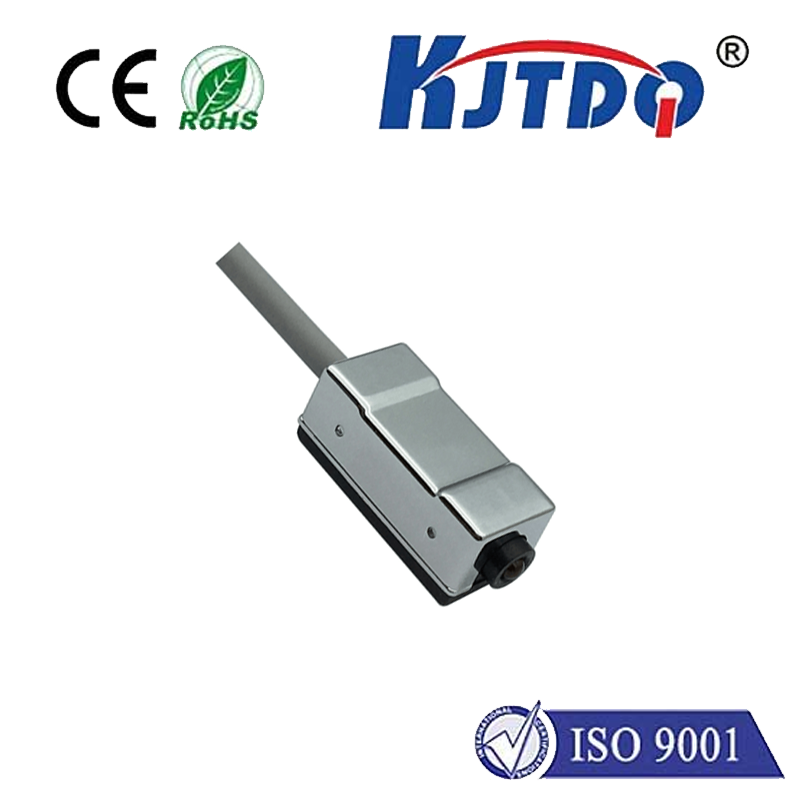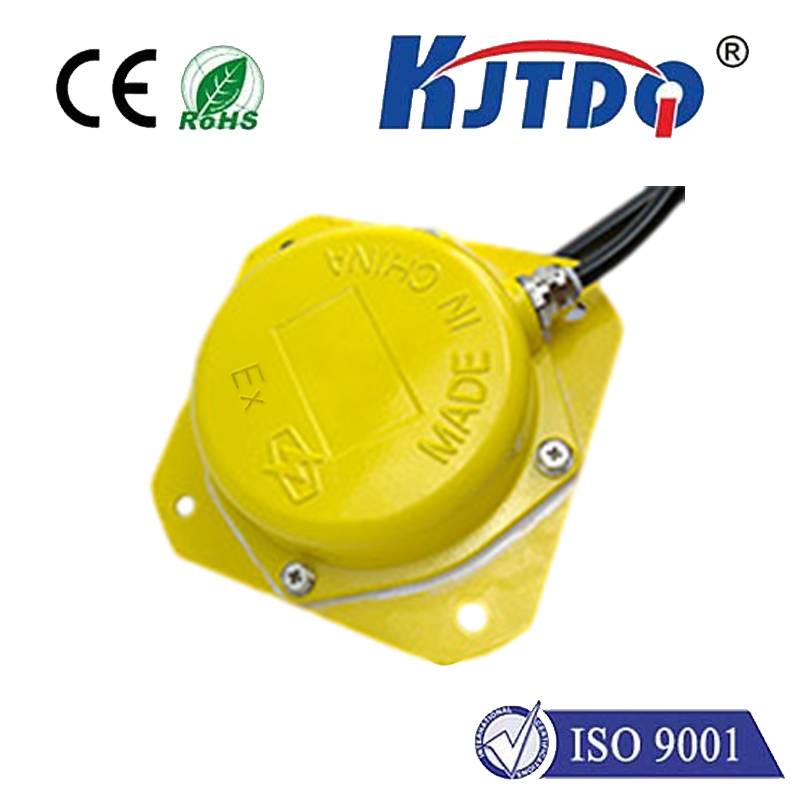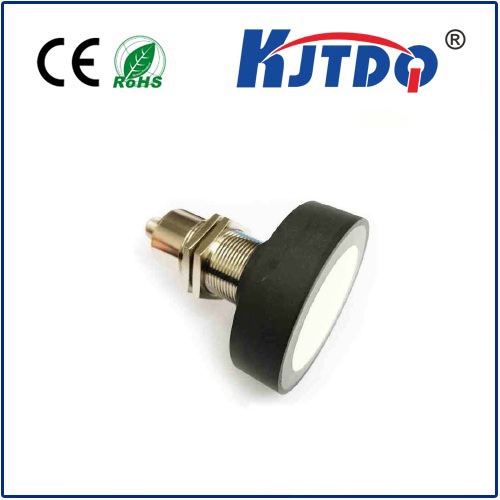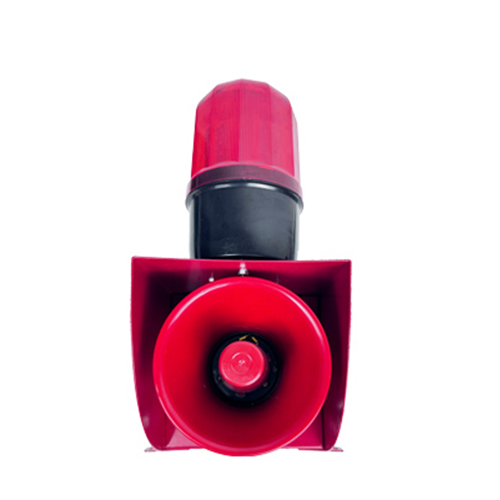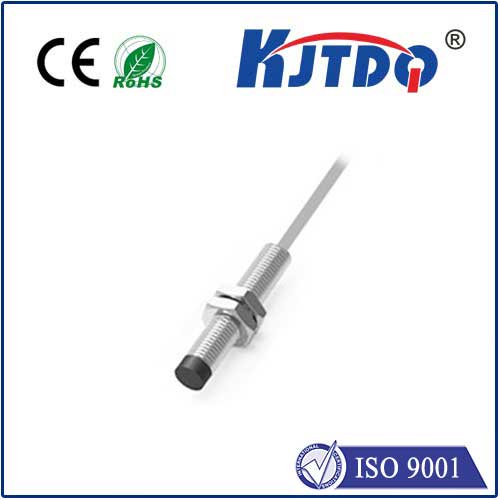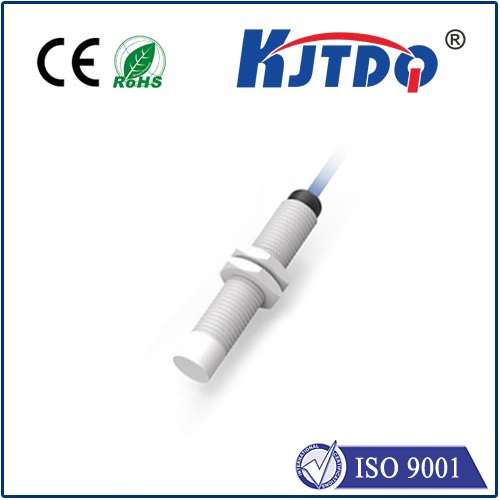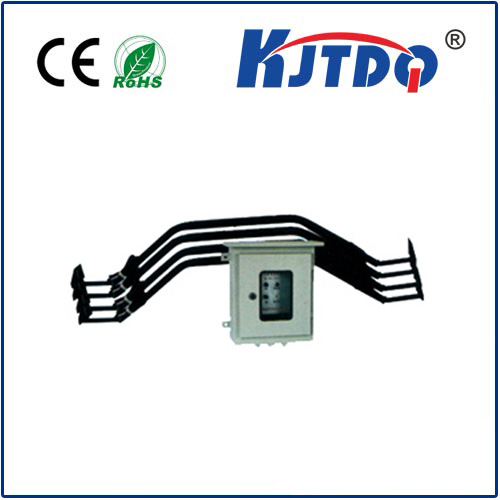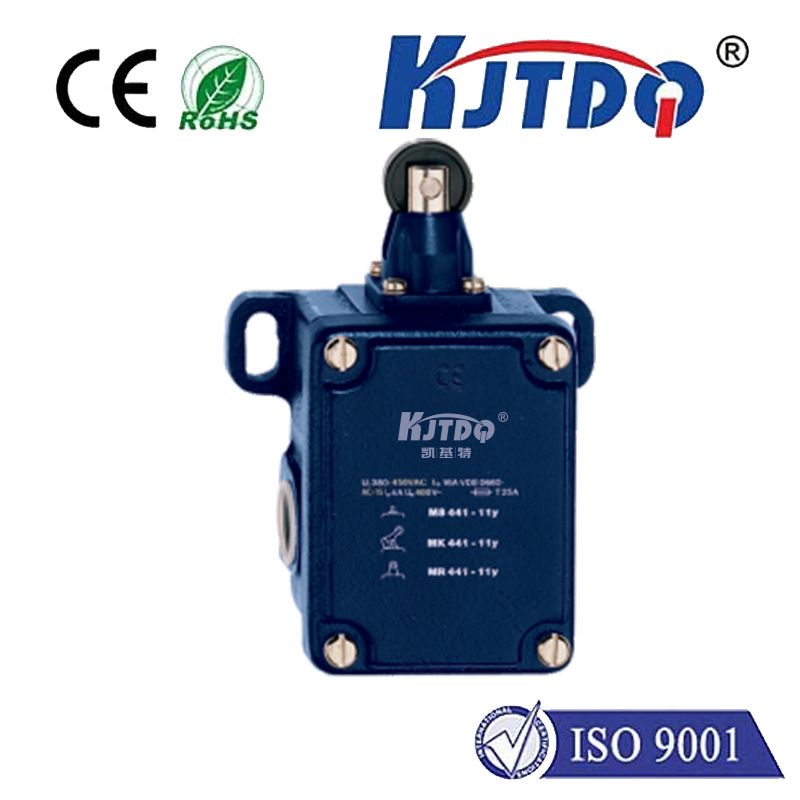fs-n41c, fiber optic sensor
- time:2025-09-11 05:43:08
- Click:0
FS-N41C Fiber Optic Sensor: Engineering Resilience in Challenging Environments
In the intricate dance of modern automation and precise measurement, the environment itself can often be the adversary. Electromagnetic interference (EMI), extreme temperatures, or hazardous locations frequently plague traditional sensing methods, leading to unreliable data, costly downtime, and safety risks. This is where the FS-N41C fiber optic sensor steps in, not merely as a tool, but as a strategic solution engineered for resilience. Understanding its capabilities unlocks new levels of reliability in demanding industrial and scientific applications.
Decoding Fiber Optic Sensing: Light as the Ultimate Messenger
At its core, fiber optic sensing leverages light – transmitted through incredibly pure strands of glass or plastic fiber – as the information carrier. Unlike conventional electrical sensors that send voltage or current signals, fiber optics transmit light pulses or measure changes in light properties. This fundamental difference bestows several inherent advantages:
- Immunity to Electromagnetic Interference (EMI): Light is impervious to magnetic fields, radio waves, and electrical noise. This makes sensors like the FS-N41C ideally suited for environments teeming with motors, drives, welders, or high-voltage equipment where traditional sensors falter or fail outright.
- Intrinsic Safety: The sensing element (the fiber itself) carries no electrical current at the point of measurement. This allows the FS-N41C to operate safely in potentially explosive atmospheres (hazardous locations) where sparks could be catastrophic, significantly enhancing operational safety protocols.
- Long-Distance Transmission: Light signals in optical fibers experience minimal loss over considerable distances (kilometers, not just meters). The FS-N41C excels at centralizing monitoring or sensing in remote, difficult-to-access positions without signal degradation concerns typical of long electrical cable runs.
- Environmental Resilience: Fiber optic materials can withstand extreme temperatures (both high and low), corrosive chemicals, high humidity, and high-pressure environments far better than many electronic components, offering robust longevity.
The FS-N41C: Key Features and Applications

While “FS-N41C” likely refers to a specific model from a manufacturer like Keyence or a similar industrial supplier (context is crucial for exact specs), fiber optic sensors in this category share core functionalities tailored for practical problem-solving:
- High-Sensitivity Photoelectric Detection: Typically functioning as through-beam or diffuse-reflective sensors, the FS-N41C offers high precision in detecting the presence, absence, or position of small objects, even tiny components or fragile materials.
- Compact Sensing Head & Flexible Fiber: The sensing point is extremely small, allowing detection in confined spaces inaccessible to bulkier sensors. The flexible fiber optic cable enables routing around obstacles and into tight spots.
- Adjustable Sensitivity: Crucial for dealing with varying target colors, reflectivity, or background conditions, this allows precise tuning to avoid false triggers. Fine-tuning is often key to optimal performance.
- Robust EMI Resistance: As highlighted, this remains a primary driver for choosing the FS-N41C, ensuring stable operation amidst heavy electrical noise.
- Reliability in Harsh Conditions: Built to endure dust, moisture, temperature swings, and vibration common in industrial settings.
Where Does the FS-N41C Shine? Real-World Impact
Its unique strengths make the FS-N41C fiber optic sensor invaluable across diverse sectors:
- Industrial Automation:
- Precision Assembly Lines: Detecting minuscule components (chips, springs, threads) on PCBs or delicate assemblies where electrical noise from machinery is rampant.
- Welding & Metal Fabrication: Monitoring parts or weld seams directly in intense EMI fields generated by welding equipment. Traditional sensors simply cannot cope reliably here.
- Plastics & Packaging: Verifying presence/position of labels, caps, fill levels, or small items on high-speed lines susceptible to vibration and electrical interference.
- Robotics: Providing precise, interference-free feedback for end-effector positioning or part verification.
- Critical & Sensitive Environments:
- Medical Device Manufacturing: Ensuring component placement in cleanrooms where electrical emissions must be minimized, and precision is paramount.
- Laboratory & Research Equipment: Enabling precise measurements inside MRI machines, particle accelerators, high-voltage test setups, or other EMI-intensive scientific apparatus where electrical sensors would be useless or disruptive.
- Hazardous Locations (Oil & Gas, Chemical): Safely detecting levels, positions, or process states in zones classified as explosive (ATEX, IECEx) without risk of ignition. The intrinsically safe nature of the fiber at the sensing point is critical here.
- High-Noise Environments:
- Power Generation & Distribution: Monitoring equipment status within switchyards, substations, or near heavy generators vibrating with intense electromagnetic fields.
- Transportation: Sensing components on trains or electric vehicles where traction motors create significant EMI.
Implementing the FS-N41C: Key Considerations
To maximize the benefits of an FS-N41C fiber optic sensor, attention to detail is crucial:
- Selecting the Right Fiber & Tip: Choices include straight, side-view, or focused beam tips, and different core diameters/flexibility. Match the tip shape and fiber characteristics to the target size, distance, and required field of view.
- Optimal Alignment: Especially for through-beam types, precise alignment between the transmitter and receiver fibers is vital for strong signal strength. Mounting hardware must be stable.
- Sensitivity Calibration: Meticulously adjust the sensitivity setting using the target under actual operating conditions to distinguish reliably between the target and background, preventing false negatives or positives. Ambient light immunity is generally good, but extreme direct light on the receiver can sometimes require shielding.
- Fiber Handling & Protection: While robust, optical fibers can be damaged by excessive bending (respect the minimum bend radius) or crushing. Protect fibers in conduits or flexible sleeving in high-traffic areas.
- Amplifier Unit Placement: The electronic amplifier (which powers the light source and processes the returned signal) needs a clean, accessible location, typically away from the harshest conditions, connected to the fiber cable.
Embracing the Light-Based Standard
The FS-N41C fiber optic sensor isn’t a niche gadget; it’s a response to the fundamental limitations of traditional sensing in the face of modern industrial and scientific challenges. Where electrical noise cripples alternatives, where explosive atmospheres demand absolute safety, where tiny components require micro-precision, or where harsh conditions punish delicate electronics, the FS-N41C provides a robust, reliable solution. By leveraging light, it delivers unparalleled performance and resilience, becoming an indispensable tool for engineers seeking unwavering accuracy and uptime in the most demanding applications. When environments push back, the FS-N41C pushes forward.






